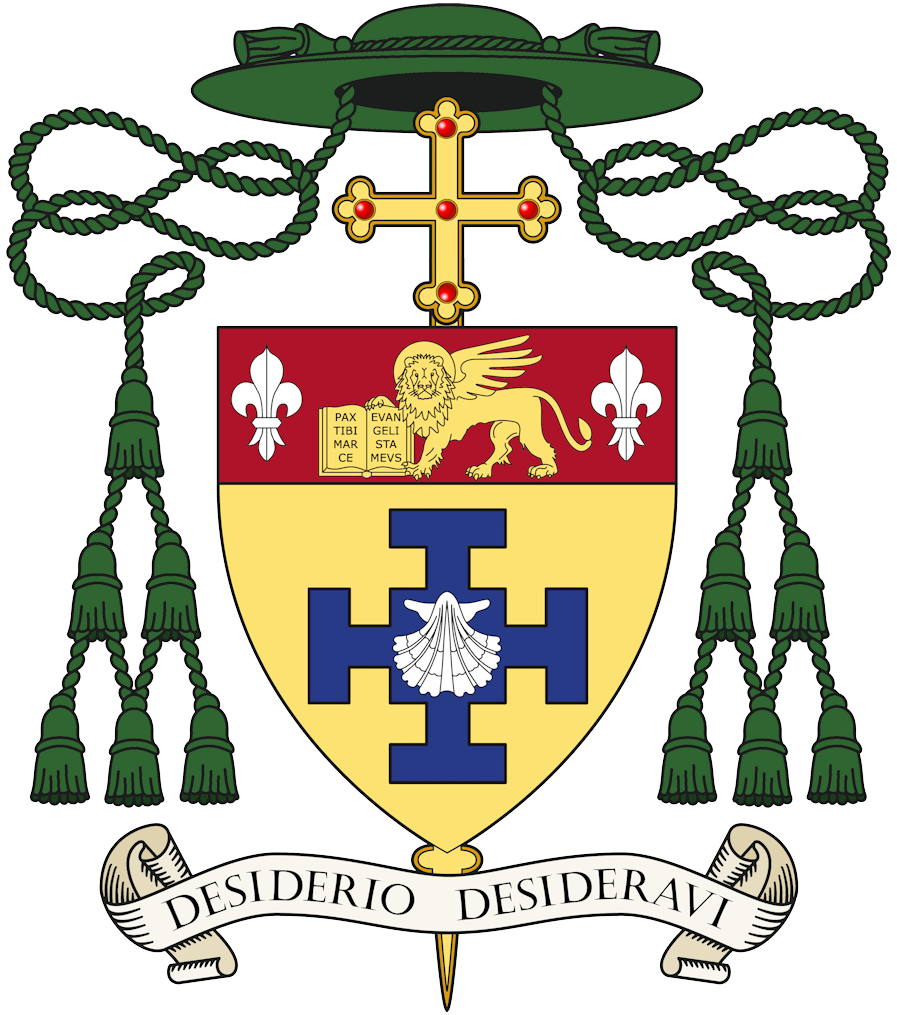The October meeting of the Cleveland Newman Circle saw Sr Francis Clare PPC outline the life and vision of St Clare in an enthusiastic and informative way. She explained that the virtues which Clare, a young woman of noble parentage, possessed were namely grace, chastity, youth, maturity, steadfastness, ardency, wisdom and humility.
In fact, as her name means, she was brighter in life and brightest in character. During the process of her canonisation, all of the testimonies given consistently stated that even as a child she was holy and prayerful, living a self controlled and mortified life, frequently wearing rough clothes like the servants and saving her food for the poor.
She refused several offers of marriage and was already committed to living a life dedicated to God when, at the age of 17, she met St Francis and was inspired by his idea of Holy Poverty. The freedom which it brought allowed her to live a life totally dependent on God. In 1212, along with her companion Bona and dressed in her best finery, she left to follow St Francis and his Brothers. They gave her a rough tunic to wear and cut her hair. Her family was furious and her father and uncles, minor noblemen, rushed to try and retrieve her. Clinging to the altar she stripped her veil revealing her newly cut hair. Reluctantly her family realised that she was determined to live this new way of life but they were even more furious, however, when shortly afterwards her younger sister Catherine, subsequently renamed Agnes, also joined the Community. Their Uncle Monaldo, along with 11 other knights, were unable to move Agnes, as a result of Clare’s prayers, and when he went to kill Agnes instead his arm was suddenly struck with paralysis. A few days later the sisters went to live at San Damiano where they stayed for the rest of their life.
Although St Clare did have options as to how she and her fellow sisters lived, she seemed content to live an enclosed cloistered life of prayer. It was a form of poverty which placed the restriction of giving up freedom, in order to enjoy a greater freedom. Although she was the leader of the Community, she did not want to be recognised as such. However, following the Lateran Council of 1215, St Francis and other Church leaders, whose support she was assured of, told her that she must be the Superior, and so she remained. At first St Francis visited St Clare but eventually they even gave up their friendship in their own journeys towards God ñ they felt that they could be closer at a distance.
St Francis died in 1226 but Clare continued to safeguard his ideal of trying to live a life of poverty. Slowly she built up a timetable of life which eventually became The Rule, which was based on St Francis’ Rule but adapted for women living in an enclosed community. She called it A Form of Rule and Life of the Poor Sisters of Blessed Francis. She very much felt that they were following Francis’ vision and yet she undoubtedly brought much to the life which was her own. Some called them The Poor Ladies of San Damiano, or even Damianites, but the Order of Poor Clares really only developed over many centuries.
St Clare was also well known for corresponding with people around the world although only a few letters remain. Four notable ones which still exist are between Clare and St Agnes of Prague ñ three from 1230s and one from just before Clare died. In such a way existing monasteries began to follow her Rule and so the Order spread. As well as her letters and The Rule, she also wrote a testament of her life shortly before she died in which she returned to her other idea of a mirror ñ the sisters were to be a mirror and example to others living in the world.
St Clare’s austerity, and Spirituality of Poverty, seems to have remained throughout her life but she also expected the sisters to be austere too. She was devoted to prayer, frequently staying longer than the others after Compline and returning to be the first to light the candles for Midnight Office. She would often sleep on the bare ground with only a stone for a pillow; until she was told to be kinder to herself. She worked in the infirmary herself, taking many of the more menial jobs such as cleaning out the commodes. When some of the sisters went out begging for food, it would be Clare who would wash their feet on return. People told of miracles that occurred within the community. For instance, when they were short of oil, Clare prayed and the oil was multiplied such that the brother who was sent out to find some said ìthey are making fun of meî! She was very strict, with very high standards, but she was also very kind and many came to ask for her help or advice because she was so renowned for her holiness. However, despite all of this she remained a down-to-earth woman; someone who is still able to inspire us today.
